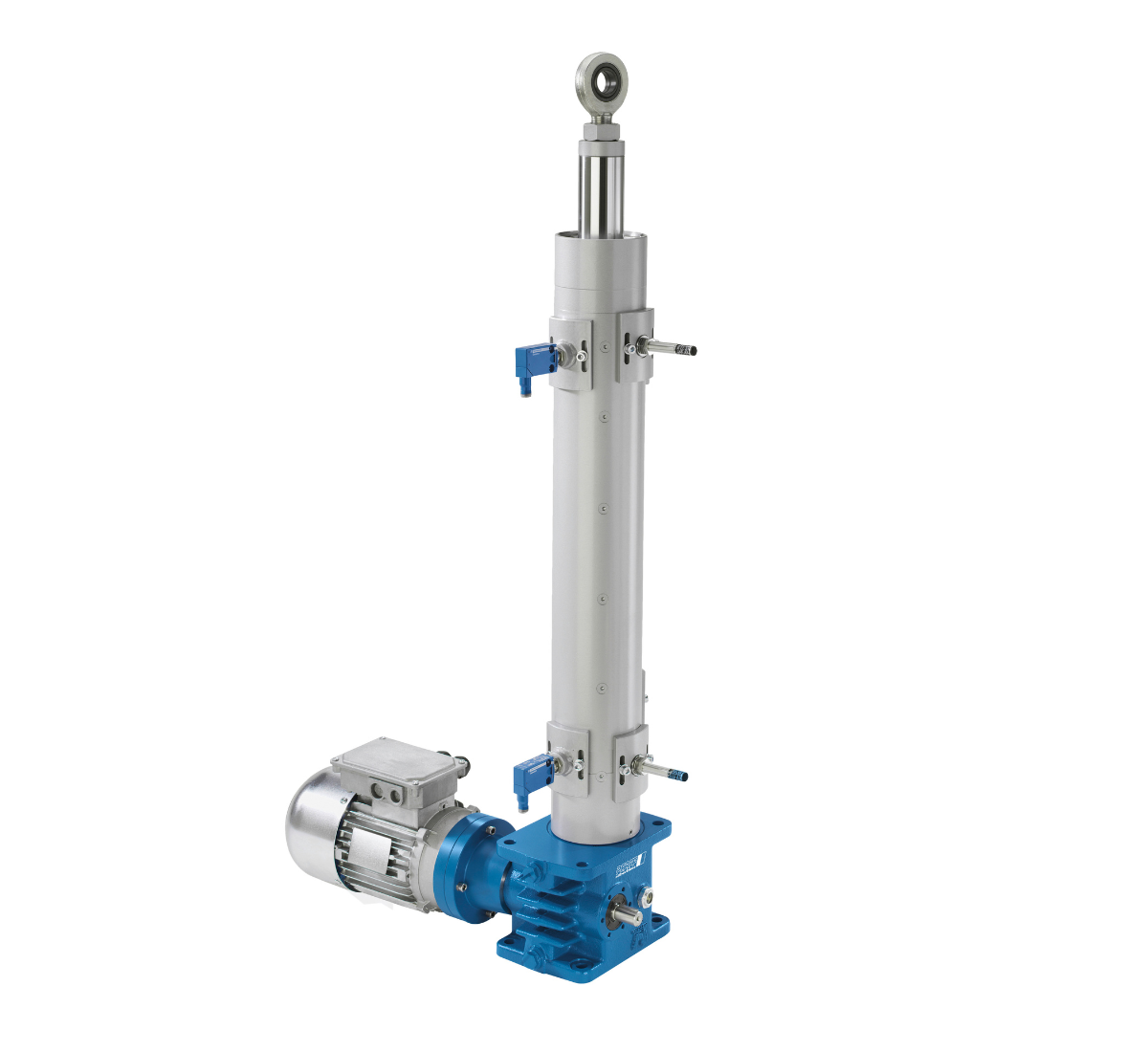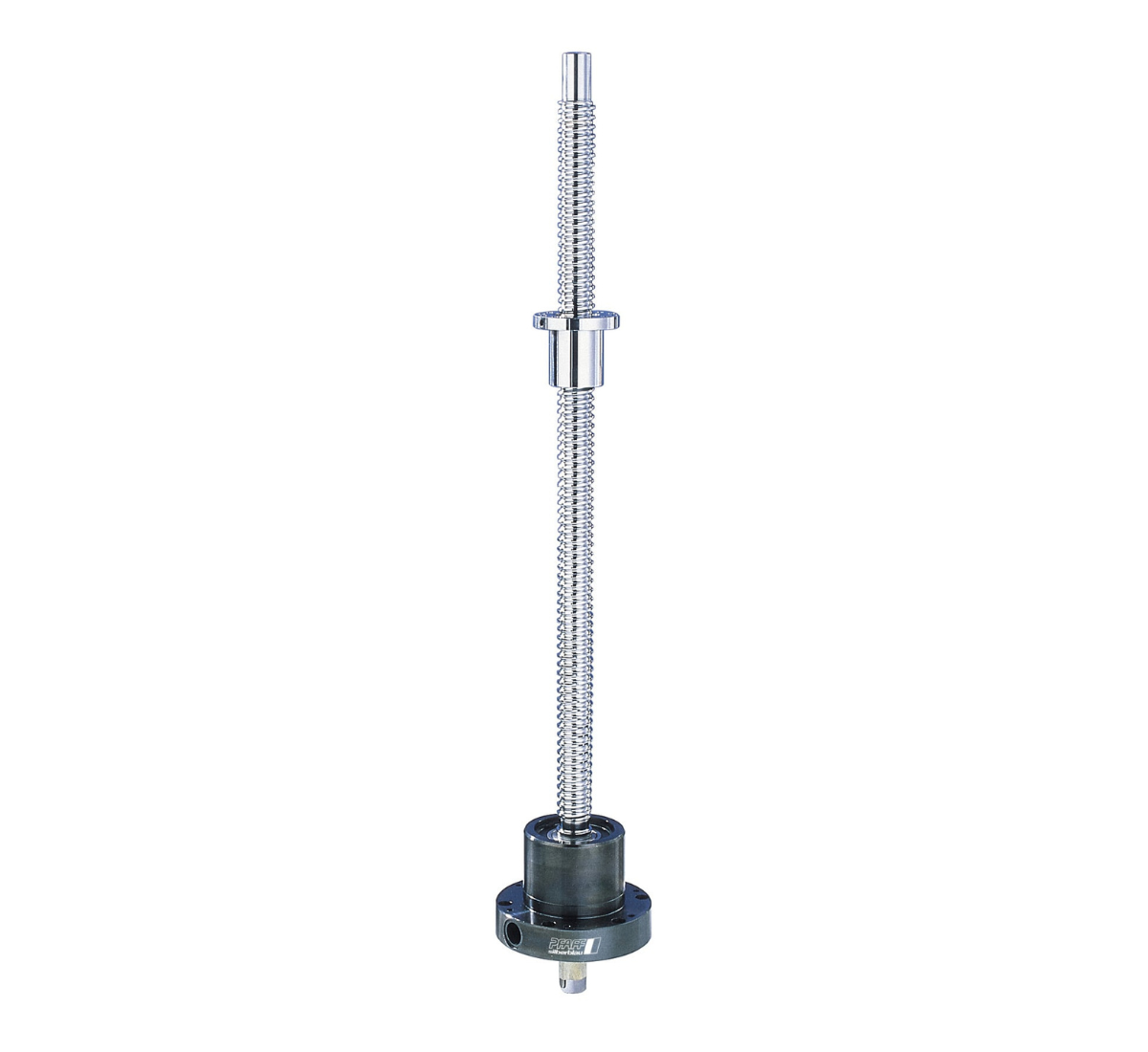Linear Actuators
Explore our range of linear actuators, designed to deliver precise motion control in industrial, machinery, and automation applications. Offering smooth long-lasting performance, our line of actuators are perfect for further optimising your systems.
Linear Actuators are mechanical devices that convert energy into linear motion, facilitating controlled movement of objects along a straight path.
Why Linear Motion?
Motion Technology such as Linear Actuators offer a wide range of advantages compared to many other load moving methods.
Precise: Highly accurate control, which is essential in a multitude of industrial and technical applications.
Versatile: Available in a wide range of sizes and capacities, making them suitable for a variety of applications across most industries. Available in a range of power sources including electric, hydraulic, and pneumatic.
Efficient: Designed to provide high force and speed that cannot be achieved manually.
Automated: Can be easily integrated into current automated systems for precision remote control.
Types of Linear Motion
Linear Actuators can be powered via different energy sources including electricity, hydraulic, and pneumatics.
Electric: Components include electric motor, lead/ball screw, nut, housing, and limit switches/sensors.
Controllable via switches, remote controls or computer interfaces to achieve precise positioning, the electric motor drives the lead screw. As the screw rotates, the nut moves along the threaded shaft, converting the rotary motion into linear motion. Direction can be reversed by changing the direction of motor rotation.
Hydraulic: Consists of a hydraulic cylinder, piston, hydraulic fluid, pump, and control valves. Precise control is achieve as the valves and pumps regulate the flow and pressure of the hydraulic fluid.
Hydraulic fluid is pumped into the cylinder, pushing the piston to create linear motion. This piston then moves along the cylinder, and the direction of movement can be controlled through the direction of fluid flow.
Pneumatic: Typically consists of a pneumatic cylinder, piston, compressed air supply, and control valves. The valves regulate the flow and pressure of the compressed air, resulting in control movement of the actuator.
Compressed air is introduced into the cylinder, pushing the piston to create linear motion. The piston moves along the cylinder, with the direction of movement decide via the direction of air flow.
Where Are They Used?
Linear Actuators and other Motion Technology are commonly found in:
- Industrial Automation for conveyor systems and machinery
- Robotics
- Medical Devices such as hospital beds and surgical equipment
- Home Automation including adjustable furniture and window blinds
- Automotive for adjustable seating and hatchback openers
- Aerospace for landing gear and flight control surfaces
- Renewable Energy such as solar panel tracking


